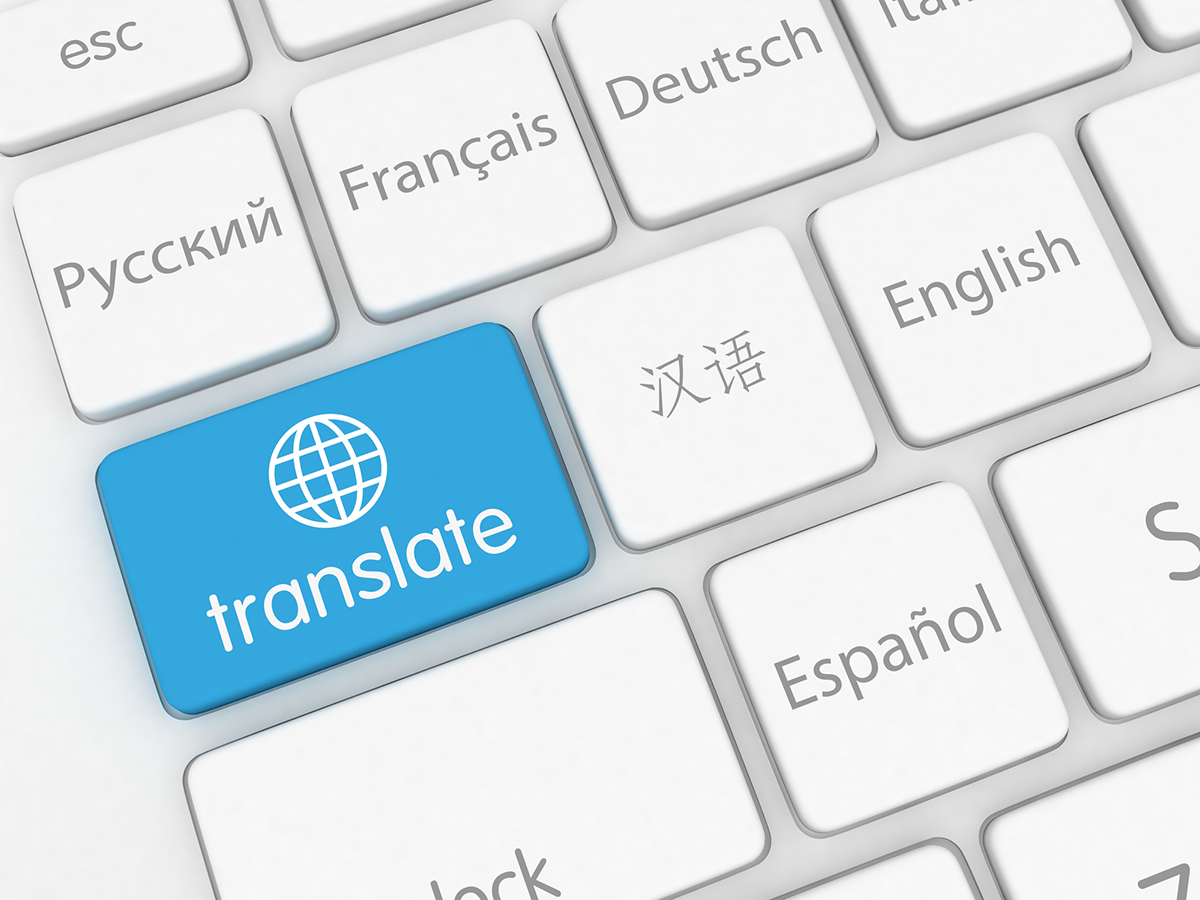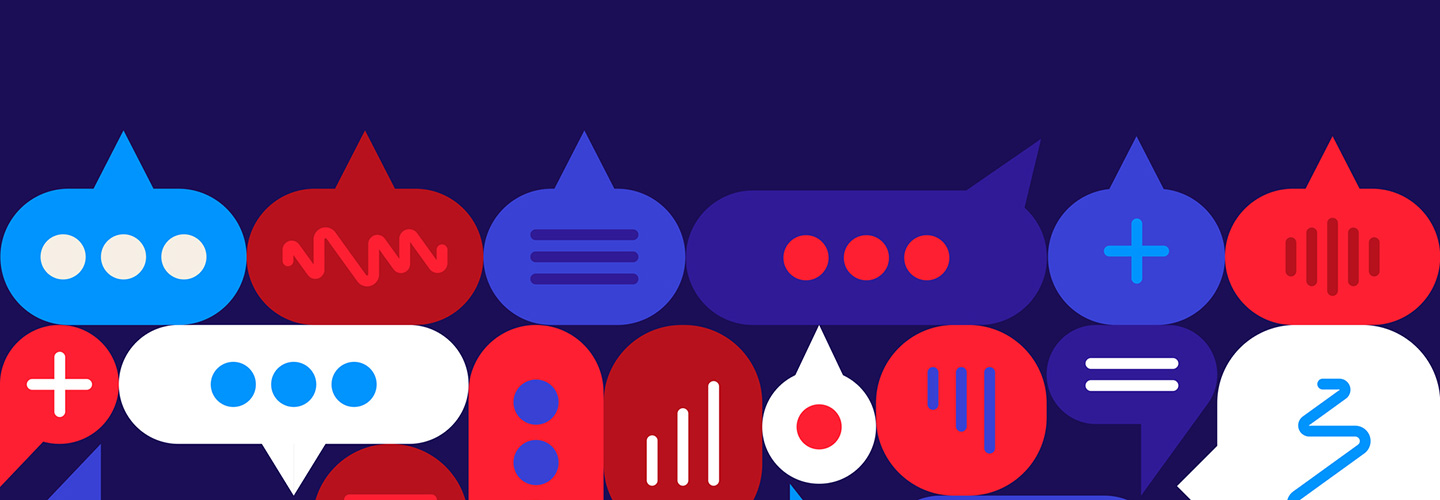AI has transformed tasks that once seemed like endless slogs into simple to-dos, as easy as checking items off a list. Its staggeringly wide range of uses and possibilities feel limitless and exciting, and most of us are eagerly folding it into our personal and work lives.
But should everything be so easy?
As we embrace convenience, we face an expanding mass of complicated grey areas. What are the rules of responsible AI use as ethical boundaries continue to blur?
Plagiarism and content attribution concerns are not new when it comes to generative AI, but as articles pile up and authors speak out—see recent reporting from The Atlantic on pirated books and Wired’s running list of AI copyright lawsuits—it’s clear we are reaching an inflection point.
While authors and artists grapple with copyright violations and the potential loss of livelihood, the implications ladder up to anyone creating content—whether it’s a personal blog, a thought leadership article, or brand-defining copy.

This is where the impact on B2B marketers comes in. Brand trust is a nuanced, hard-won endeavor that’s one of a business’s most valuable assets. B2B marketing leaders rely on thought leadership, campaign messaging, and long-play strategies to create brand recognition and build customer loyalty. But all credibility crumbles if that content lacks originality—or worse, includes unattributed ideas or direct plagiarism.
In an era when audiences are savvier than ever, even the perception of recycled or plagiarized content can weaken a brand’s voice, causing cumulative hits to engagement and revenue.
Ethical B2B Marketing in the Age of AI
As we use GenAI to bolster productivity or offer a creative push on uninspired days, it’s crucial that marketers, creators, and brand leaders be diligent about editing, fact-checking, citing sources, and prioritizing original ideas.
What else can we do to keep originality alive in the era of AI?
Start by building guardrails. Here are a few we’ve put in place at Tendo:
- Create clear guidelines outlining how teams can use AI tools responsibly, defining what’s acceptable and what’s not.
- Incorporate fact-checking and content attribution into the editorial process, never assuming AI has cited its sources reliably.
- Use plagiarism detection features in tools like Grammarly or Scribbr to catch issues early.
- Encourage creative thinking and push teams to use AI outputs as a starting point, not a final product.
- Prioritize original voices. The best content is born from creative brainstorms, subject matter expertise, genuine insights, and lived experience.
One essential task AI can’t do for us: build trust. As the line between inspiration and imitation grows fainter, brands that invest in originality and creativity will earn the attention and confidence of audiences seeking substance over sameness.
Want to Keep Your B2B Content Trustworthy, Original, and Effective?
At Tendo, we help B2B brands build stronger connections with their audiences through content rooted in originality, clarity, and responsible efficiency. Let’s make sure your content stands out for all the right reasons. Get in touch.









